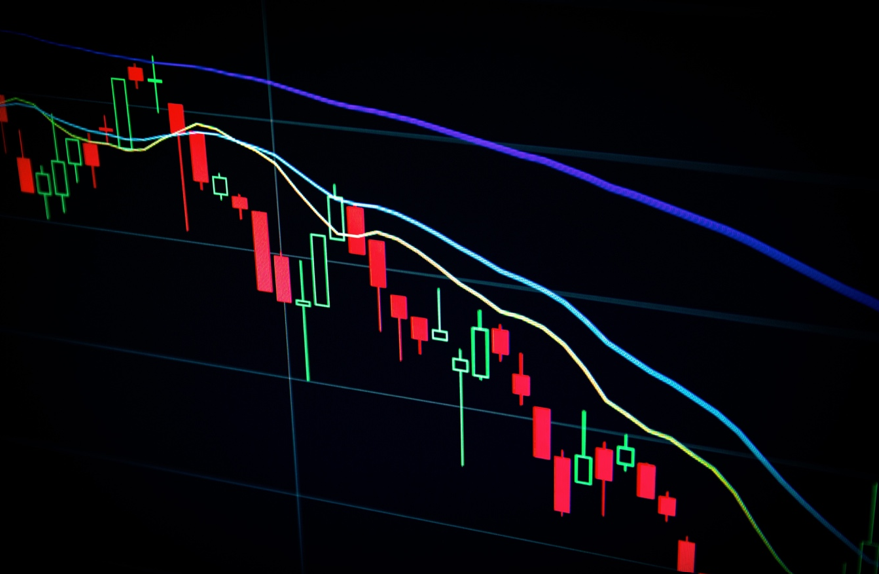Many people participate in forex trading to profit from fluctuations in exchange rates. However, you must know more than simply buying and selling foreign currencies to succeed.
You also need to be familiar with how to take advantage of factors like market conditions and changing prices. For example, Kenyan traders may want to prepare for more difficult trading conditions in the coming months.
In early October, one dollar was equivalent to 148.20 KES. Forex traders investing in KES currency pairs may thus experience losses.
However, this shouldn't discourage you from trading in the near future. Rather, it only emphasises the importance of knowing how to navigate trades in such conditions. One way you can do this is by using a forex trading platform that lets you trade with low and predictable trading costs.
This way, you'll experience stable spreads even during significant economic events. Another thing you can do is use a strategy that works with your strengths and toward your ideal trading outcomes.
Read More
Yet, with so many forex strategies available, it may be difficult to choose which ones work best for you. With that said, here are some ways to find the most suitable forex strategy for your needs:
Pick a strategy according to your preferred timeframe
Traders have different preferences regarding how long they want to wait before profiting from a trade. If you prefer making small profits within a short period, you'll want to look at strategies like intraday trading, as it involves opening multiple trades and holding the positions within a single day.
Meanwhile, if you want a longer timeframe for forex trading, pick a strategy that does not use leverage and involves currencies with a wide price range. Position trading is one option where you hold positions for weeks, months, or years and ignore day-to-day price movements.
This requires discipline, as you’d need to hold out and remain calm even when a currency price moves against you by a few hundred pips. It’ll be worth it when you make a move in a few months or years’ time and benefit from holding the position.
Determine if the trading strategy suits your characteristics
This may sound strange initially, but the truth is that choosing a strategy that goes against your traits as a trader has less success in working in your favour.
Instead, choose a strategy that suits you and takes advantage of your strengths in forex trading. For instance, if you’re a patient person who needs sufficient time before making a decision, you might prefer swing trading.
This strategy aims to profit from peaks and dips in foreign currency prices, so your patience will help you observe and act on price changes.
This can also be useful in times of currency depreciation—such as when the shilling depreciated from 9.04% in December 2022 to 17.65% in August 2023—because you can use your patience to wait until currency prices reach your desired levels.
Consider the number of trading opportunities a strategy provides
Even if you choose a trading strategy that fits your chosen timeframe and unique characteristics, it may not help maximise your returns if it doesn't give you opportunities to trade in the first place. Considering the trading opportunities you’ll get ensures you meet your forex trading goals.
That's why you should consider strategies like scalping, which involves opening and closing positions within minutes or seconds. It’s incredibly fast-paced, allowing for tens or hundreds of daily trading opportunities where you can make profits off the smallest price movements.
If this isn’t your style, you can use the news trading strategy. Your trading decisions will depend on news releases, like when a country lowers its inflation rates. The trading opportunities you’ll get will only depend on the currencies affected by news announcements, which could only be one or a handful at the time.
Choose a trading strategy that matches your risk tolerance
Each trader’s risk tolerance—the amount you’re willing to potentially lose in a trade—is different. Some forex trading strategies are riskier than others, so using one that matches your risk tolerance is crucial. After all, you wouldn’t want to lose more than you can handle.
If you’re more careful about potential losses, a low-risk trading strategy may be the right fit. It involves taking on fewer trade volumes to minimise losses.
This is also suitable for periods of market shocks in forex, like when the shilling slightly depreciates but strives to remain competitive against other currencies due to economic recovery. During this time, such a strategy will come in handy to help you avoid extreme losses.
Your first forex trading strategy may not be the best option, so keep trying until you find one that suits your goals and preferences. Remember these tips as you continue exploring the world of forex trading.






